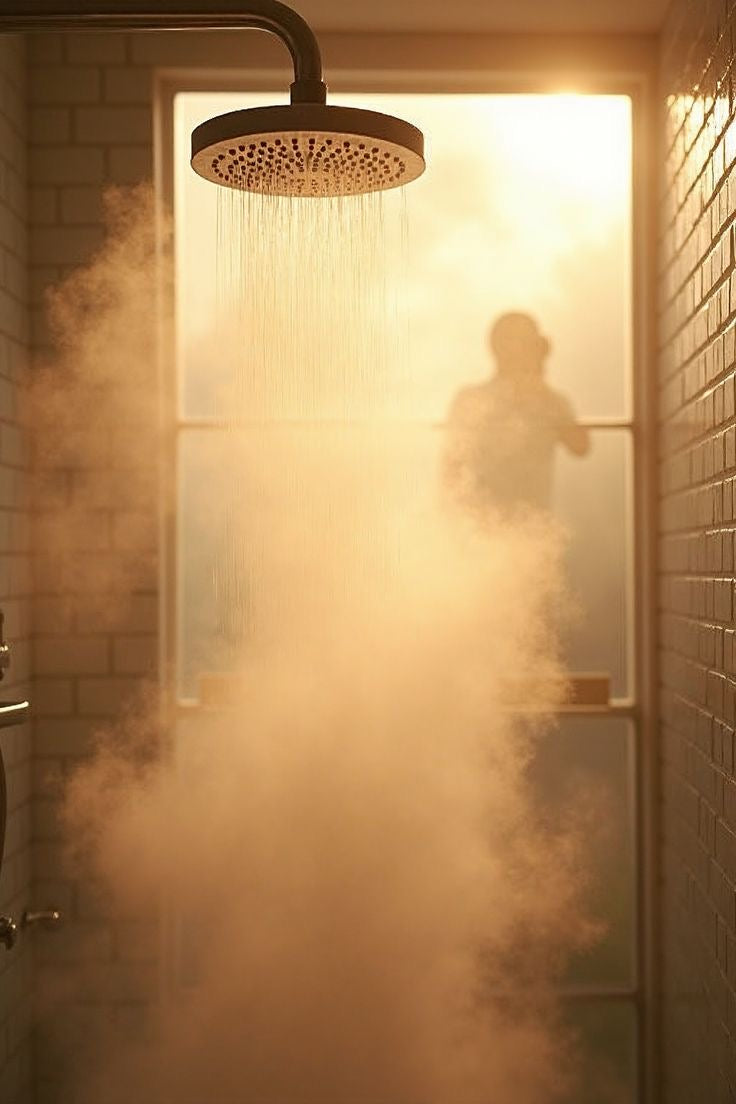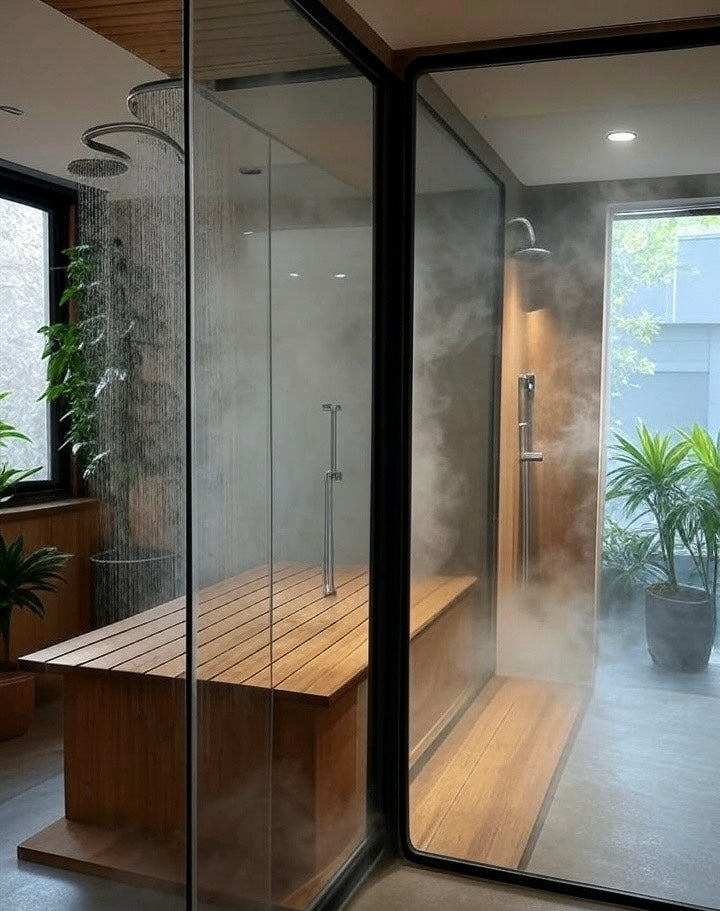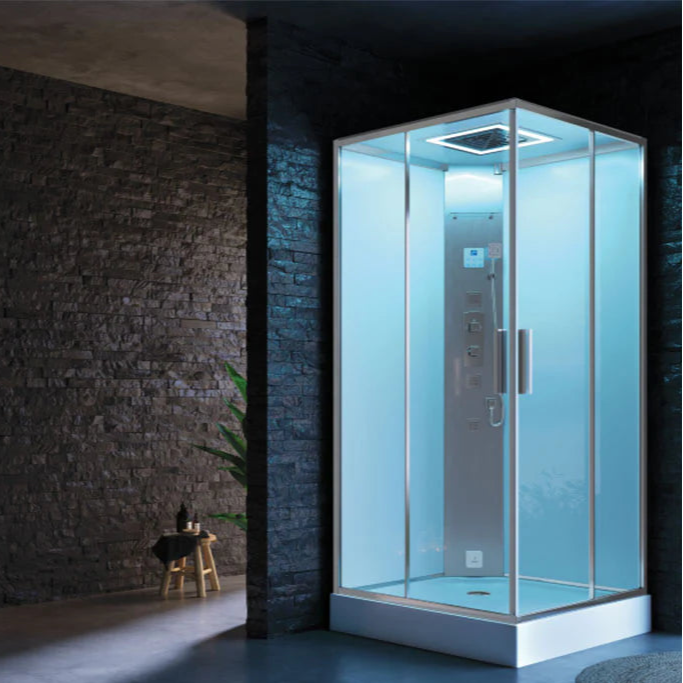Yes, it might! A Cold Plunge, Ice Bath, or Cold Plunge Tub can stress your body enough to delay your period. Curious how icy dips mess with hormones or help cramps? Keep reading to learn why your cycle might shiver and how to plunge wisely!
2. Direct Impact: What Cold Plunges Do (and Don't Do) to Your Period Flow

2.1. Temporary Effects During Immersion
2.1.1. Vasoconstriction: Briefly Slowing Menstrual Flow
Cold Plunges and Ice Baths cause vasoconstriction, narrowing your blood vessels.
This can temporarily slow menstrual flow while you're submerged.
The effect is short-lived and mainly felt during the immersion.
Once you warm up again, normal circulation returns.
2.1.2. Does Cold Plunging Stop or Significantly Reduce Bleeding?
Cold Plunges, Ice Bath Tubs, or Cold Plunge Tubs don't stop periods completely.
They don't "pause" or significantly reduce your total monthly bleeding.
It's a myth that one cold session halts your period for days.
Any slowing happens only during exposure.
2.2. Alleviating Menstrual Symptoms
2.2.1. Reducing Cramps and Pain: Mechanisms of Relief
Cold therapy can numb pain receptors and reduce inflammation.
This may help ease cramps and pelvic discomfort.
Many find Ice Baths or Cold Plunge Tubs helpful on painful days.
But relief varies from person to person.
2.2.2. Mood and Energy Benefits During the Cycle
Cold Plunges can lift your mood and boost alertness.
They may fight fatigue or emotional dips common during your period.
That endorphin rush can help you feel balanced.
However, everyone reacts differently.
3. Broader Influences: How Cold Exposure Might Impact Your Cycle Regularity
3.1. Hormonal Responses to Cold Stress
3.1.1. Cortisol and Adrenaline: The Body's Stress Response
Cold Plunges trigger adrenaline and cortisol release.
These stress hormones help you cope with extreme cold.
Short-term, they can be invigorating.
But frequent stress might disrupt hormonal rhythms over time.
3.1.2. Potential Impact on Menstrual Hormones and Ovulation
Intense cold stress may slightly influence FSH and LH production.
This could, in rare cases, delay ovulation or shift your cycle.
Such effects usually require repeated, chronic exposure.
One plunge is unlikely to make a big difference.
3.1.3. Distinction Between a Single Cold Plunge and Chronic Cold Environment Exposure
A single Cold Plunge session likely won't affect your cycle much.
Issues arise with frequent, prolonged, or very intense exposure.
Daily winter swimming, for example, might pose more risk.
Always pay attention to your body's signals.
3.2. Factors Affecting Cycle Regularity Beyond Cold Plunging
3.2.1. Lifestyle, Diet, Stress, and Underlying Health Conditions
Many things affect your period.
Stress, diet, exercise levels, and health issues often play bigger roles.
Don't blame one cold session for every irregularity.
Cold exposure is just one small factor.
3.2.2. Anecdotal Evidence and Individual Sensitivity
Some people report delays after Cold Plunges or Ice Baths.
But evidence remains mainly anecdotal.
People vary in how sensitive they are to stress and cold.
Track your own responses over time.
4. Navigating Cold Plunges During Your Menstrual Cycle: Safety and Best Practices
4.1. Who Should Exercise Caution or Avoid Cold Plunging?
4.1.1. Heavy Flow, Menstrual Migraines, Endometriosis, PCOS, Pregnancy/Conception
If you have very heavy periods or menstrual migraines, take care.
Those with endometriosis or PCOS should also think about risks.
Pregnant individuals should generally avoid Cold Plunge Tubs unless advised.
Always speak to a professional if you're unsure.
4.1.2. Listening to Your Body: Adjusting Intensity or Skipping Sessions
If you feel extra sensitive or unwell, consider skipping your plunge.
You can lower the temperature or shorten the session.
Adapt your practice to how you feel on the day.
Your body knows best.
4.2. Tips for a Cycle-Informed Cold Plunge Routine
4.2.1. Starting Slowly and Gradual Acclimation
Begin with shorter sessions at warmer temperatures.
Ease into colder water over time.
This helps reduce shock and keeps things safe.
Patience is key.
4.2.2. Importance of Hydration and Overall Wellness
Stay well hydrated before and after plunging.
Support your cycle with balanced meals.
Manage stress to maintain regularity.
Cold Plunging is only one part of staying healthy.
4.2.3. Consulting a Healthcare Professional for Personalised Advice
If you're worried about your cycle, talk to your GP or specialist.
They can advise on risks tied to your medical history.
Especially if you see big changes or discomfort.
Professional guidance beats guesswork.
5. Conclusion
Cold Plunges, Ice Baths, and Cold Plunge Tubs can temporarily slow flow during immersion and might, with repeated stress, slightly delay your cycle. But they can also help with cramps and mood. Always listen to your body, adjust your routine, and seek advice for the safest experience.
Takeaways
-
Brief vasoconstriction may reduce flow during immersion.
-
Cold stress can potentially delay ovulation in sensitive people.
-
May ease cramps and lift mood for many.
-
Adapt sessions to your cycle and seek professional advice if needed.






